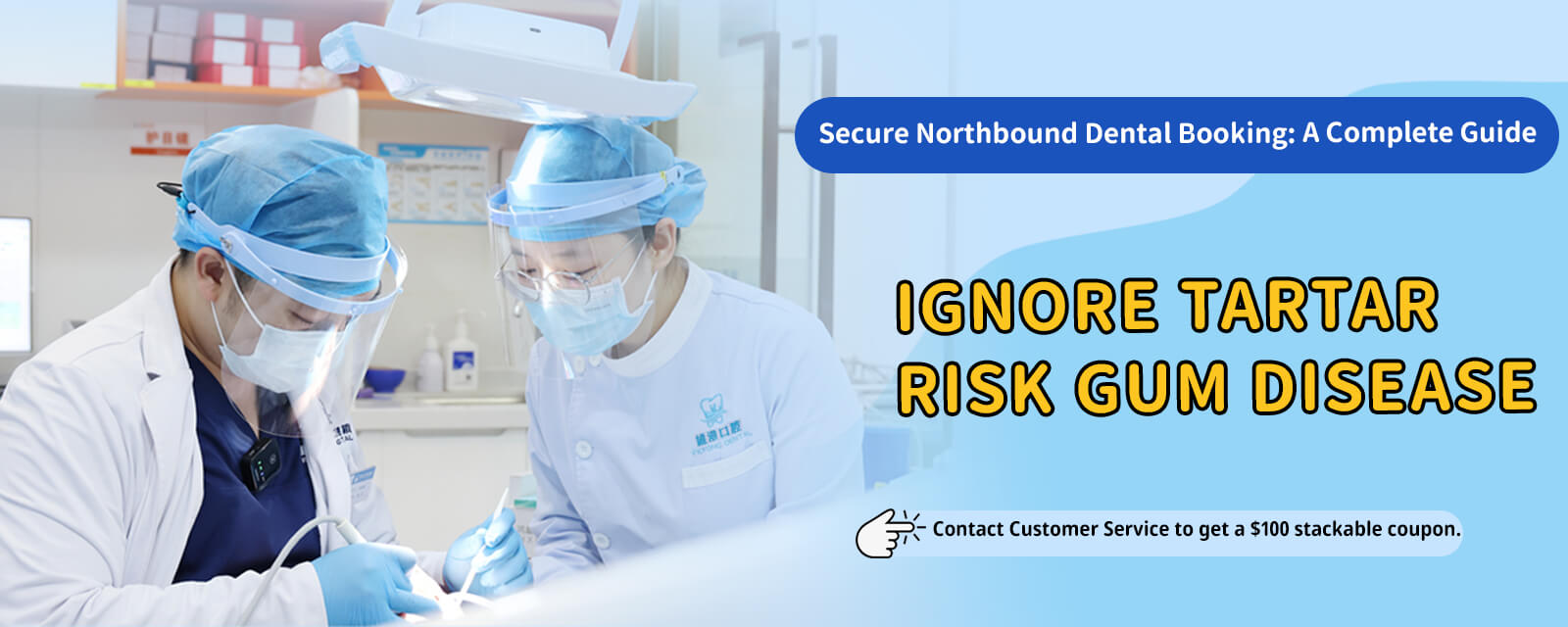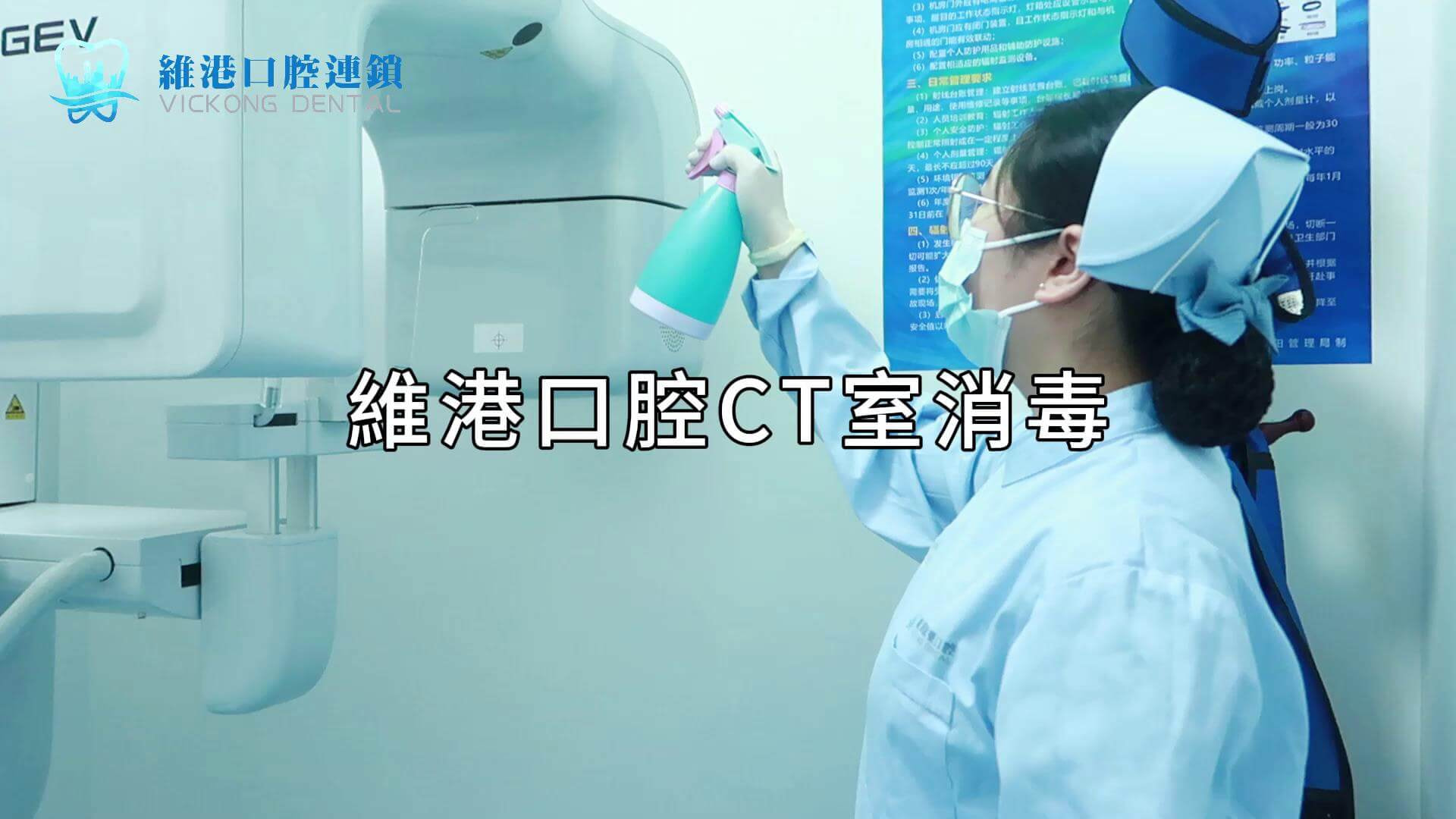**Why Should You Avoid Using Toothpicks After Getting Dental Implants in the North?**
In recent years, many Hong Kong residents have opted for dental treatments, particularly dental implants, in the North due to advanced technology and a wide range of options available. However, post-operative care is critical as it directly impacts the effectiveness and longevity of the dental implants. Some individuals have a habit of using toothpicks to clean between their teeth post-surgery, but this practice carries certain risks. Today, well explore why toothpicks are not recommended and suggest safer and more effective alternatives.
**1. Post-Implant Gum Fragility**
Dental implant surgery involves incisions and repairs to both the gum and bone structures. In the initial recovery phase, the gums are still healing and are highly susceptible to irritation. Toothpicks are hard, slim sticks that can easily scrape the delicate gum tissue, especially if used with excessive force, potentially leading to micro-injuries and increasing the risk of infection. If a toothpick injures the gum area near the implant, it can cause redness, swelling, or bleeding, thereby slowing down the healing process.
**2. Risk of Damaging Structures Surrounding the Implant**
Dental implants, unlike natural teeth, require supportive surrounding tissues. Accidentally hitting the metal part of the implant or the junction between the crown and the gum with a toothpick can cause micro-movement or surface scratches. Over time, these minor damages can compromise the stability of the implants bond with the bone, potentially leading to implant loosening.
**3. Toothpicks May Not Effectively Clean Interdental Spaces**
Many people find toothpicks convenient for removing food particles stuck between teeth. However, toothpicks might not provide thorough cleaning. Food particles and plaque often adhere to the tooth surface or deep within the interdental space, which the tip of a toothpick might not reach. Long-term use may push debris further into the gum, increasing the risk of bacterial growth and inflammation around the implant.
**4. Safer Cleaning Alternati

ves**
To maintain cleanliness around both implants and natural teeth post-surgery, choose gentle yet effective cleaning tools. Consider using dental floss, especially types designed for implants that are soft and wont harm the gums. Interdental brushes with soft bristles can also reach deep between teeth and around the implant. Additionally, using a mild, alcohol-free mouthwash can effectively reduce oral bacteria, minimizing irritation to the gums.
**5. Developing Good Oral Habits**
Beyond paying attention to cleaning methods, maintaining good oral hygiene is crucial after getting dental implants. Brush at least twice a day with a soft-bristled toothbrush, using gentle pressure to avoid gum damage. In dietary habits, avoid hard and sticky foods in the early postoperative period to reduce stress on the teeth and gums. Regular check-ups with your dentist to examine the condition of the implants and gums can help detect potential issues early and address them promptly.
**6. Post-Operative Follow-Up for Northern Dental Implants**
Many Hong Kong residents may neglect regular check-ups after returning home following dental implant surgery in the North. It is essential to find a reliable local dental clinic for follow-up checks to ensure the longevity of the implants. Within the first year after surgery, its advisable to have a dental check-up at least every three to six months to confirm gum health and implant stability. Do not overlook aftercare due to geographical distance, otherwise, your initial efforts and time might be wasted.
**Conclusion**
Dental implants are a durable and aesthetically pleasing dental solution, but post-operative care is crucial to determine their longevity. While toothpicks may seem convenient, they pose risks to the delicate post-surgery gums and surrounding implant structures, often leading to more harm than good. Opt for gentler, safer cleaning tools, and maintain good oral hygiene along with regular check-ups to maximize the long-term benefits of your investment in Northern dental implants. Remember, protecting your teeth is a lifelong endeavor, not just a one-time surgical event.

























